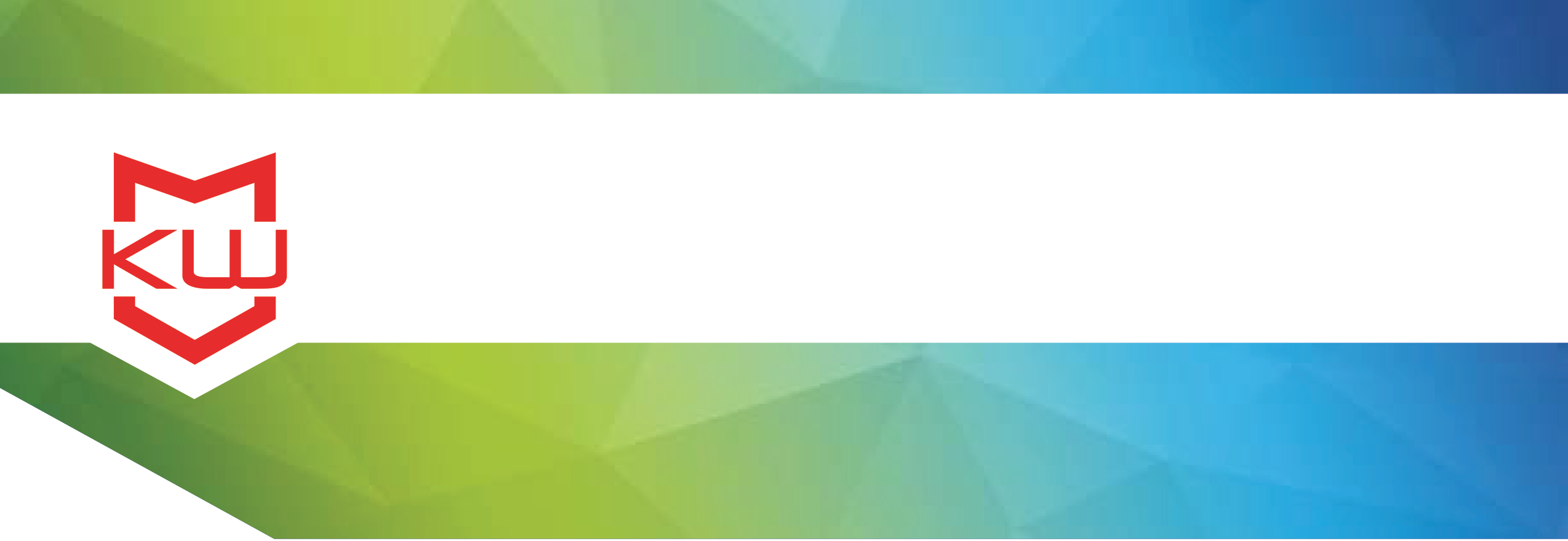
Early Decision Making
Browser Kiosk Mode
Why Using Your Browser in Kiosk Mode is not Enough
Browser Kiosk Mode
Most major browsers offer a free and easy to use kiosk mode version which displays the application full screen. However, there can be unexpected costs such as kiosk downtime, loss of data, a change in kiosk settings and a loss in ROI. When deploying a browser-based kiosk, no matter what the kiosk’s intended purpose, you should be aware of the detriments of running your browser in kiosk mode instead of using kiosk-specific system software.
A number of different key combinations, such as shift +N or holding the shift key down for an extended period of time, can open a new browser window. Once a new window is opened, users can bring up any number of inappropriate websites, or even a competitor’s site. Whatever is opened renders your kiosk useless for the intended purpose, leaking money from your investment. Kiosk software, such as KioWare, offers configurable keyboard filtering, allowing you to select which keys you can block from users.
Other key combinations, such as ALT+ F4, can delete the kiosk screen all together. This allows users to gain full access to the OS and desktop. At this point it’s a matter of other security features that may or may not have been installed. If the kiosk is connected to the company network, it’s even possible to gain access to confidential information. Users can also change the kiosk settings completely, resulting in downtime and requiring you to re-configure the kiosk. However, kiosk software locks the browser so that users are unable to gain access to the OS and desktop.
Additionally, running your browser in kiosk mode does not usually return the kiosk to the start page at the end of the session. This means that after a user steps away, the last page they were using remains on screen instead of restarting the application. A kiosk is more likely to be used if some kind of attract screen is capturing attention rather than a static page that the last person viewed. Even worse, any information entered by the last user will remain onscreen. Worse still, cookies, cache and clipboard information aren’t cleared through your browser’s kiosk mode. All of that information is available to anyone using the kiosks. Kiosk software resets the application to the start page and simultaneously clears all of the previous user history.
Some kiosk projects, such as informational kiosks, may not need as much kiosk software security as other projects, such as product ordering kiosks. However, with the low cost of kiosk software products - KioWare starts at $70 USD per license - it’s easy to implement features that ensure your application is always running, a key in any kiosk project.
Want more? Here are some related posts:
Windows Kiosk Mode Uses & Limitations
What is "Kiosk mode"?
Google Chrome Kiosk Mode vs. Other Kiosk
Kiosk System Software – Necessary Security for Your Kiosk Project
Kiosk Software Prevents Hacking
Kiosk Software: Security Features
Kiosk security - Are you keeping your kiosks safe?
Security Features in KioWare
